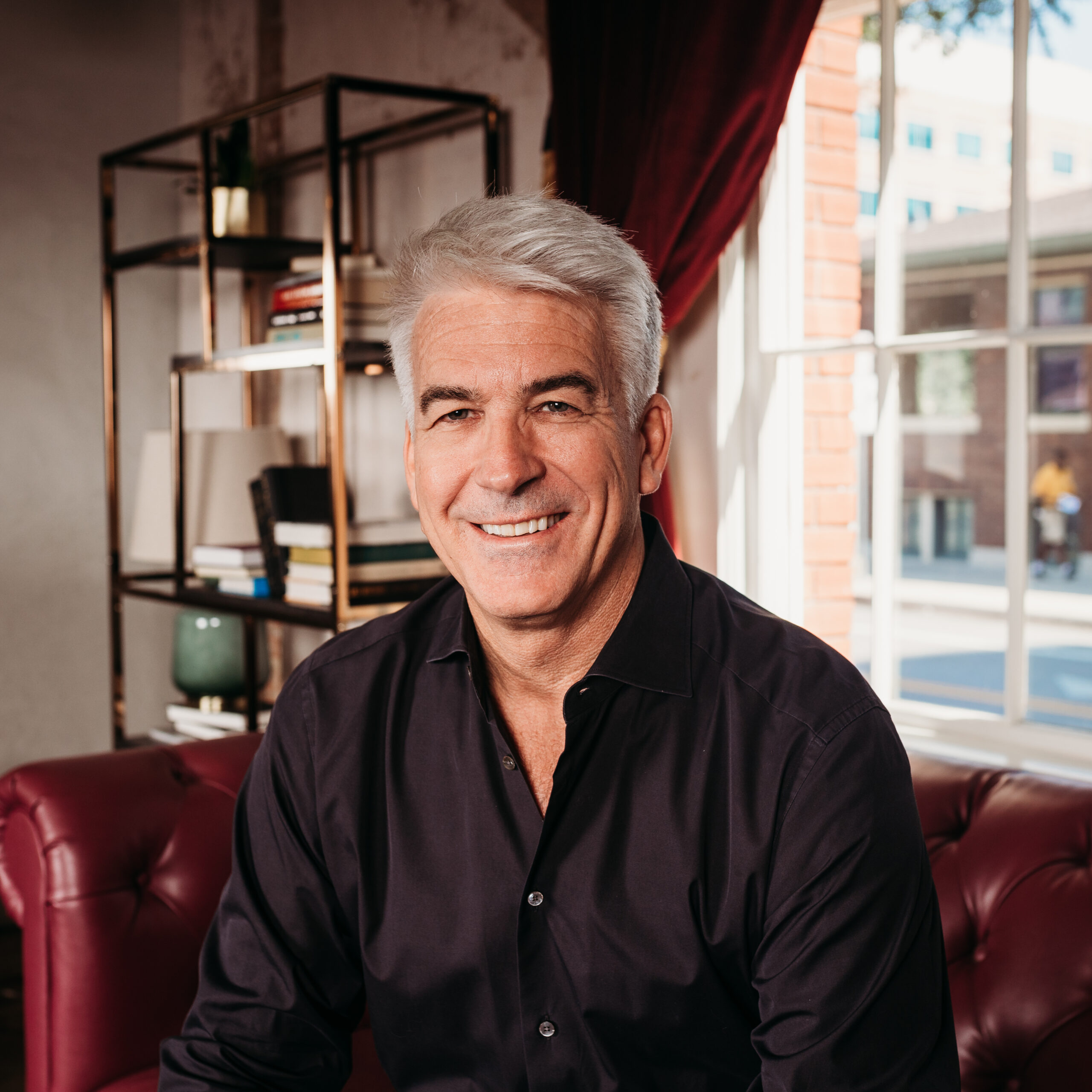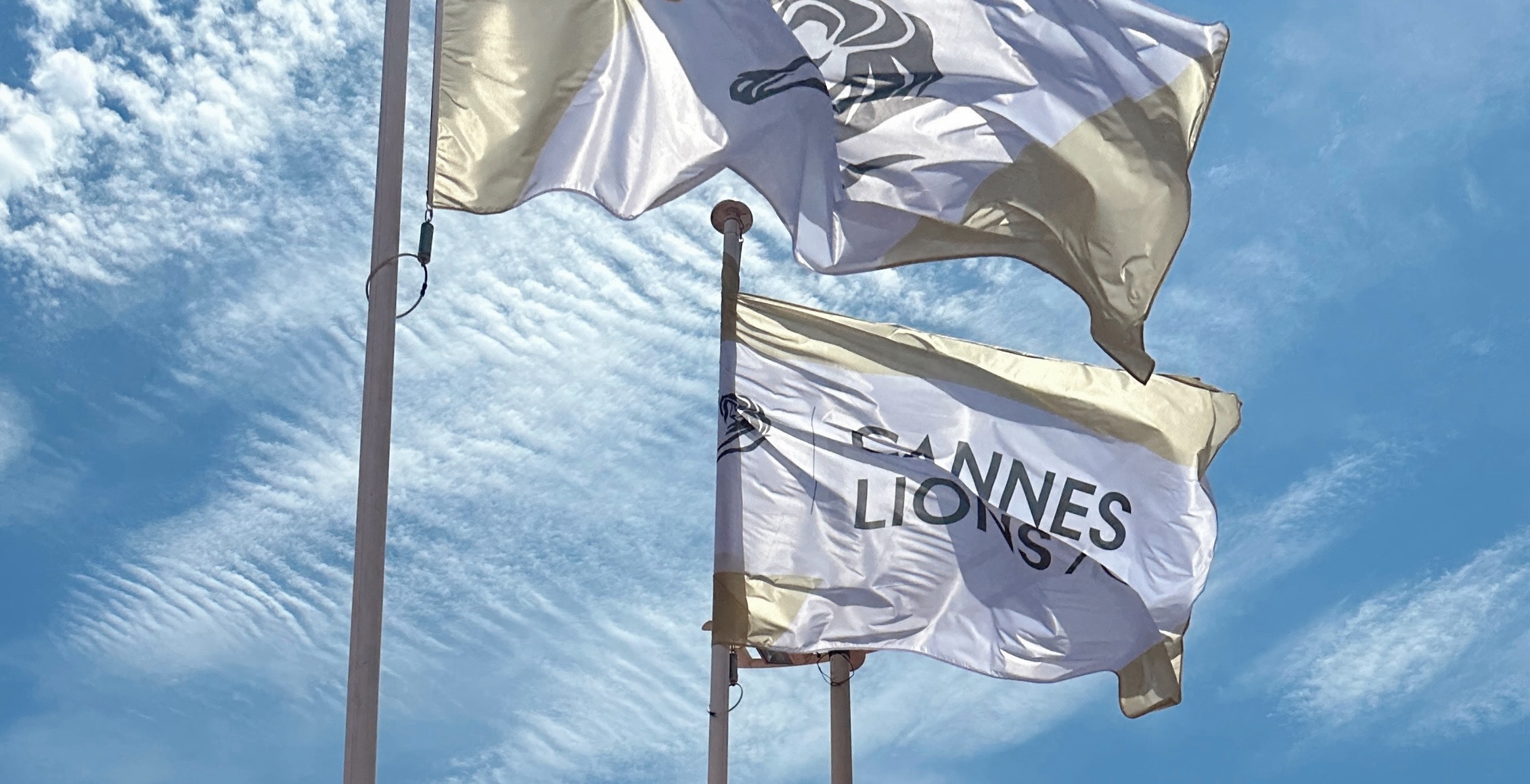Let’s Not Take the Human Out of Marketing

By Brennan Schaenman, Strategist [Header image credit: Canva]
What if we told you that being deliberate in your use of emotion when briefing projects can help achieve the best creative output?
As marketers, we know emotion drives decision making, and we know the role emotion plays in communication and connecting with consumers. But what is the role of emotion in the creative process? In a time of big data, it can feel as if everything is being pushed toward the rational and objective.
Kelly Herd and Ravi Mehta, marketing professors at UCONN and University of Illinois, conducted a study to evaluate the impact of emotion on creativity. To explore the question, they recruited 200 adults to act as product designers. Herd and Mehta asked half to design a product in an objective-based way. The others were asked to take a minute to envision how their target audience felt before tackling the challenge.
The results?
The most creative ideas came from the groups asked to empathize with the consumer.
“The reason it works is because empathizing, or thinking about someone in an emotional way, leads to more cognitive flexibility,” says Herd.
It seems as if we are pushed to make more decisions based solely on data every day, but this study shows empathy and emotion can play a pivotal role in the development of our work.
Marketers are trained to create solutions that will resonate with consumers while achieving business objectives. So, if we are deliberate about bringing empathy into the creative process, what affect would it have? We decided to have some fun and conduct a mini experiment with our own creatives.
We asked creatives at TMA to come up with activation ideas based on two hypothetical briefs. We split the creatives into groups based on each brief and then further split out each group into a control and independent group. The independent groups of creatives were first taken through an activity to deliberately heighten their empathy with the target audience. The other half, the control groups, were given the briefs with no primer.
One brief centered on encouraging the return to movie theatres post-COVID-19. The creatives that were given a primer were asked to empathize with consumer anxiety about returning to confined and crowded places.
The other brief was for increasing sales of a single-serve coffee brand, and asked the creatives a part of the independent group to empathize with entry-level buyers by imagining a day in a college student’s shoes and the role coffee plays for them.
Our results replicated the findings of Herd and Mehta, but with interesting twists. The teams asked to empathize came up with richer, more creative solutions while the other teams concepted literal solutions; not bad ideas, just more literal. Additionally, the groups we asked to empathize with the target audience explored more activation possibilities to reach the consumer.
- Base single-serve coffee maker brand model brief:
- Interestingly, both groups came up with an idea for a club. The group that was not explicitly asked to empathize explored a simple rewards-based club similar to credit card member benefits. The group deliberately asked to empathize focused on understanding a college student’s desire for belonging and the anxiety students face as they select which social groups to be a part of. They connected that insight to the convenience aspect of a single-serve coffee maker by creating “the easiest club you’ll join in college.” All a student would have to do is sign up for the club and own one of their single-serve coffee maker to be rewarded with benefits. A simple sign up showcased convenience while giving students a social group to belong to.
- Movie theatre brief:
- The group that did not go through an empathy exercise focused on a solution-oriented approach centered on redesigning the movie theatre to create more distance between people. The group that deliberately empathized took an approach that started in an emotional place, movie etiquette. The campaign was designed around putting an end to the debate over who gets the armrest as the way in to making people comfortable with attending again.
All ideas met the brief, but when walked through an empathy-inducing exercise, we saw elevated concepts. It was a great demonstration of the importance of empathy and emotion. In fact, teams that were not explicitly asked to empathize still put themselves in the shoes of the target before brainstorming ideas.
The implications? We need the power of empathy.
These findings remind us we cannot lose sight of emotion in the face of big data. As strategists, we use briefs to paint the picture of the target audience; we need to be deliberate in helping teams empathize as well as understand the audience. The briefing could include taking 30 seconds to visualize the audience, a store visit to ask consumers questions about products or brands, or even bringing in someone who is part of the audience to chat with creatives, share their story and let the team ask questions.
When we deliberately bring emotion into our creative process, we find the work results in creativity that resonates with the consumer on the cultural stage. Creativity that moves business objectives – Creativity that Matters.
Sources:
https://www.fastcompany.com/90356441/the-30-second-trick-that-can-make-anyone-more-creative
https://today.uconn.edu/2019/05/power-empathy-product-development/


